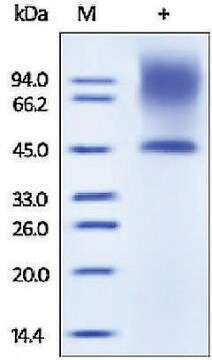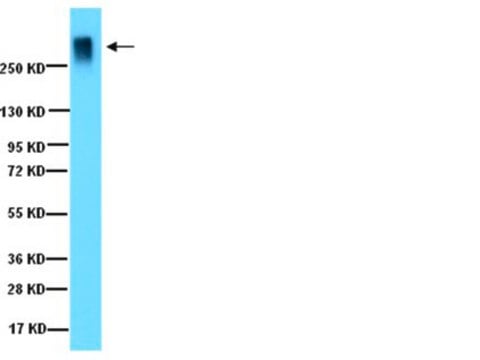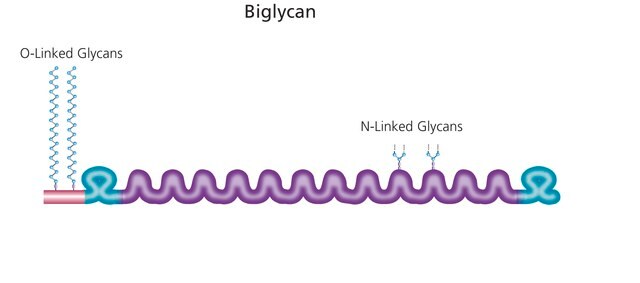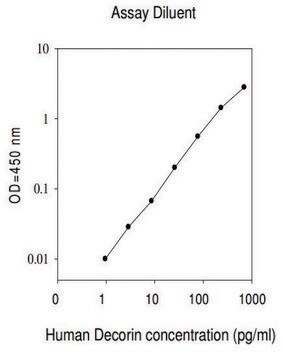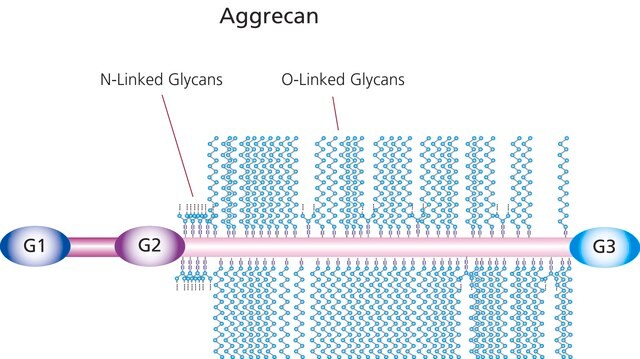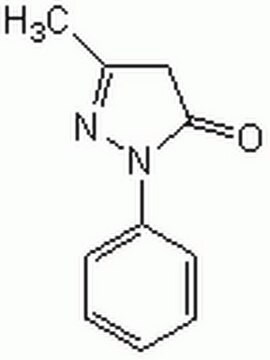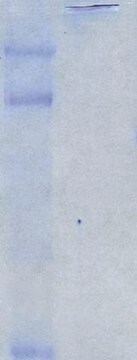MAB2015
Anti-Aggrecan Antibody
CHEMICON®, mouse monoclonal, EFG-4
About This Item
Recommended Products
Product Name
Anti-Cartilage Proteoglycan Antibody, adult, clone EFG-4, ascites fluid, clone EFG-4, Chemicon®
biological source
mouse
Quality Level
antibody form
ascites fluid
antibody product type
primary antibodies
clone
EFG-4, monoclonal
species reactivity
bovine, canine, pig, chicken, human, sheep, rabbit
should not react with
rat, mouse
manufacturer/tradename
Chemicon®
technique(s)
ELISA: suitable
immunohistochemistry: suitable
radioimmunoassay: suitable
western blot: suitable
isotype
IgG1κ
NCBI accession no.
UniProt accession no.
shipped in
dry ice
target post-translational modification
unmodified
Gene Information
human ... ACAN(176)
Specificity
Immunogen
Application
Cell Structure
ECM Proteins
Immunohistochemistry: 1:50 - 250
ELISA: 1:250 - 1: 2500
RIA: 1:20,000 - 1:40,000
Optimal working dilutions must be determined by the end user.I/
Physical form
Storage and Stability
Legal Information
Disclaimer
Not finding the right product?
Try our Product Selector Tool.
recommended
Storage Class Code
10 - Combustible liquids
WGK
WGK 1
Flash Point(F)
Not applicable
Flash Point(C)
Not applicable
Certificates of Analysis (COA)
Search for Certificates of Analysis (COA) by entering the products Lot/Batch Number. Lot and Batch Numbers can be found on a product’s label following the words ‘Lot’ or ‘Batch’.
Already Own This Product?
Find documentation for the products that you have recently purchased in the Document Library.
Our team of scientists has experience in all areas of research including Life Science, Material Science, Chemical Synthesis, Chromatography, Analytical and many others.
Contact Technical Service